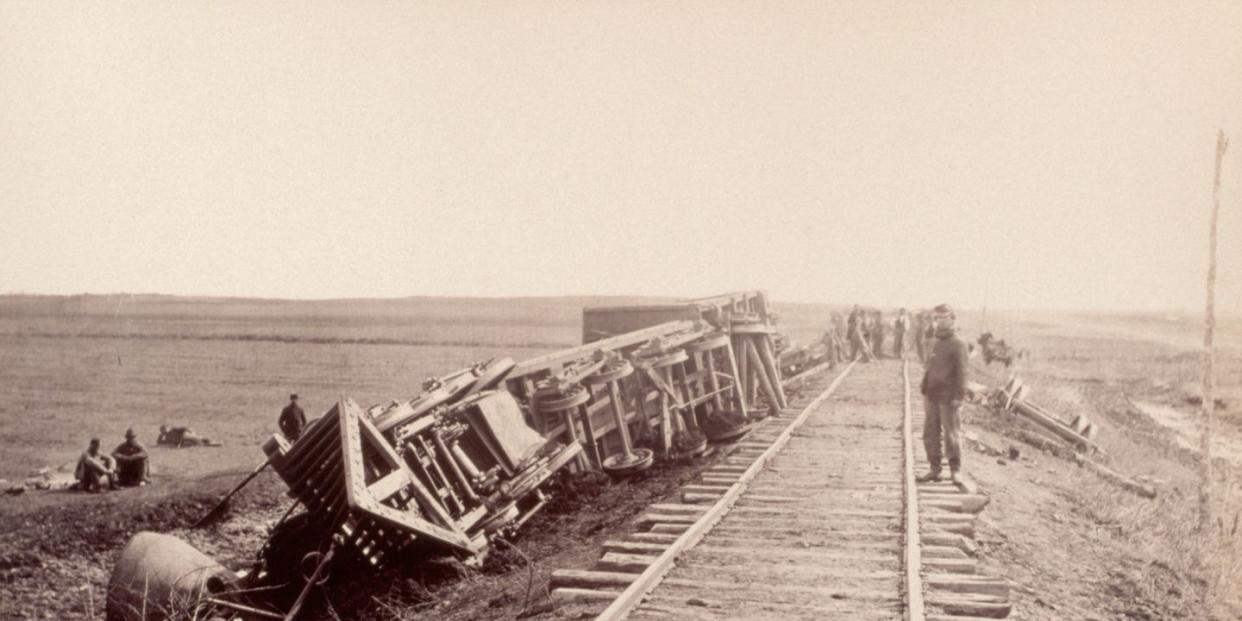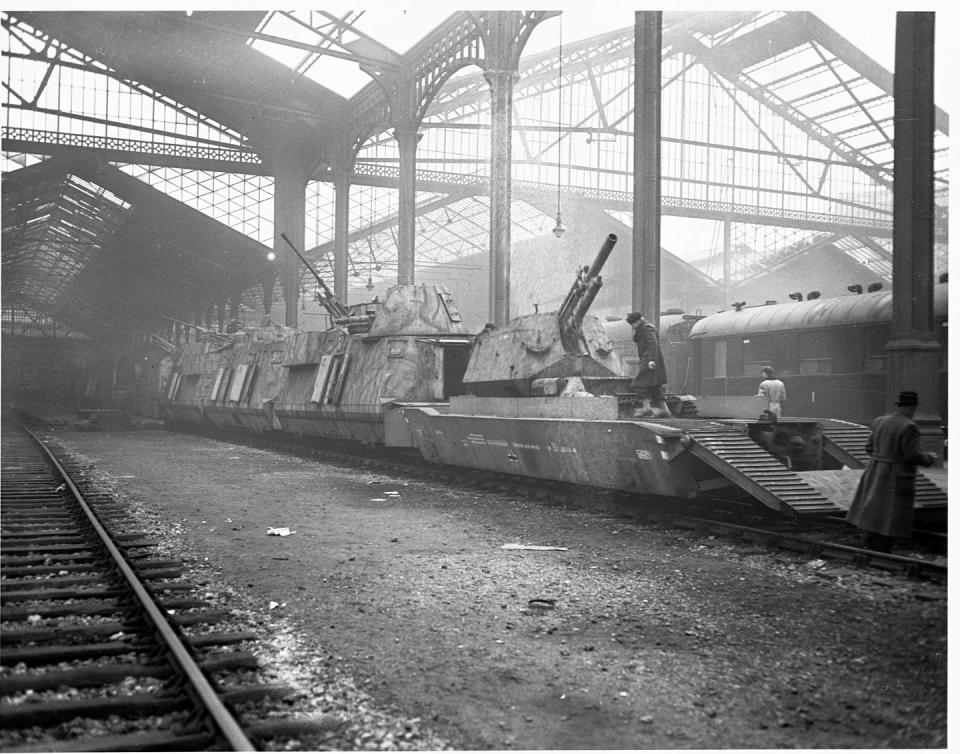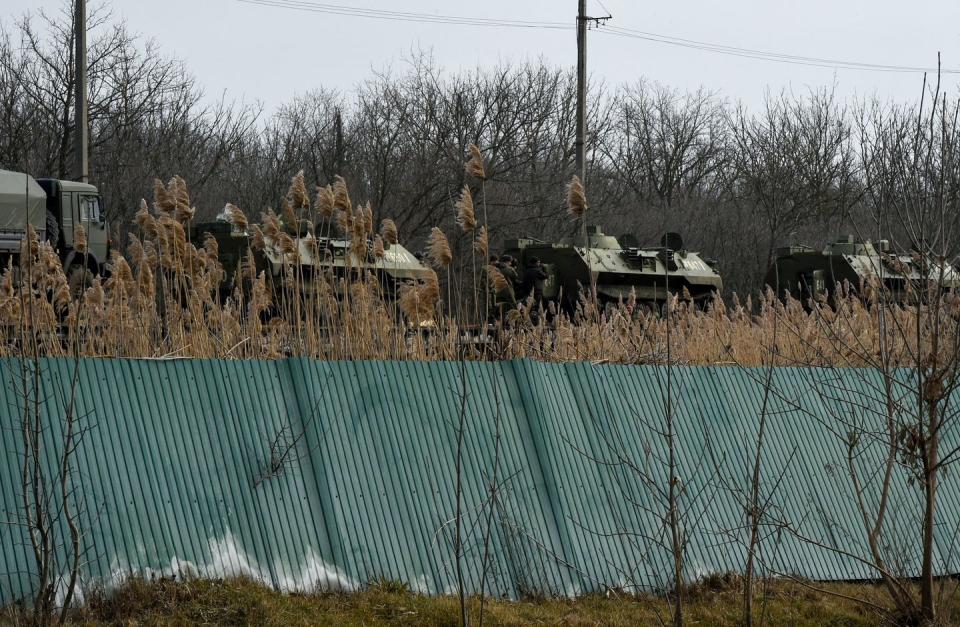How Anti-Railroad Mines Could Help Ukraine Sabotage Russia’s War Machine

Russia’s invasion of Ukraine shows the importance of logistics in war.
Railroads are once again the largest transporter of people and material in war, causing partisans to damage railroads leading into Ukraine.
Special forces operating behind enemy lines could use special railroad mines to blow up tracks and trains, stalling the invasion effort.
What do the American Civil War and Russia’s invasion of Ukraine have in common? The two wars, on two different continents, 150 years apart, couldn’t be more different at first glance, but the answer lies in the railroad, by far the most important supplier of war machines. Now, three centuries later, a proposal has emerged to redevelop a weapon that would deliberately target trains and the tracks that service them.
Zachary Kallenborn, an expert on military drone swarm technology and an official U.S. Army “Mad Scientist”, has proposed bringing back the anti-railroad mine for the modern age. Writing for Small Wars Journal, a magazine covering intrastate conflict, Kallenborn points out that military use of railroads, first pioneered in the 19th century, is still going strong. Specifically, the Russian army is using railroads to support its invasion of Ukraine, even going so far as to deploy armed trains to protect shipments of soldiers and supplies.
Armies around the world have relied on trains since the mid-1800s. The American Civil War is widely considered “the first railroad war,” with both the Union and Confederacy moving large armies by railroad. A railroad engine could haul much more equipment, day or night, rain or shine, than a horse caravan. Since then, every major war in history has involved the use of trains.

Confederate guerrillas were the first to sabotage trains, blowing up tracks that supported the Northern war effort. In Spring 2022, The Washington Post reported that a secret group of Belarusian railroad workers, saboteurs, and hackers worked to slow down Russian trains supporting Moscow’s drive on the Ukrainian capital of Kyiv. The Belarusians, lacking proper equipment, improvised their acts of sabotage.
By now, it’s clear that the military railroad is not going away. Kallenborn’s article for Small Wars Journal suggests the Pentagon should develop an “Anti-Rail Landmine.” In this case, a small weapon would be positioned on railroad tracks, designed to explode as a train passes overhead. That would ensure that not only are the tracks damaged or destroyed, but also railroad engines.

The U.S. military has a munition for almost anything. The GBU-57 aerial bomb, also known as the Massive Ordnance Penetrator, can infiltrate hardened enemy bunkers up to 130 feet underground. The M86 land mine, also known as the Pursuit Deterrent Munition, is designed to buy time for escaping friendly troops, ambushing their pursuers with a blast of high explosives. So why not an official railroad munition?
Kallenborn states that special operations forces working behind enemy lines could use anti-rail landmines. A competent enemy force would likely patrol railroads to detect and deter sabotage, but the power of modern explosives, such as Semtex, means that rail mines could be very small and difficult to detect, while still potentially upending thousands of tons of train. The munition could use “vibration, pressure, or magnetic sensors” to detect an oncoming train, then explode once the train is directly overhead.

Even a tiny anti-rail landmine would prove effective, using a train’s own kinetic energy, fuel, and payload to create a disaster of major proportions. A train weighing up to 18,000 tons, a typical weight for a cargo train, would continue to plunge forward, ripping up tracks and smashing anything in its path. Locomotives typically hold up to 5,500 gallons of diesel fuel that could act as an accelerant for a fire started by the railroad mine. If the train is hauling munitions, the fire could detonate their explosive payloads, adding to the mayhem.
A proper anti-rail landmine would be easy to develop and cost relatively little to make. It might sit on the shelf for a while, but eventually would be called to action, somewhere, somehow, to help someone resist invasion. If the Pentagon had already spent the modest time and effort to develop them, that time would be now.
You Might Also Like
